The BrightON Ruby Red vs Principal LED Qwik Mod Red ShootOut
-
Similar Content
-
- 0 replies
- 4 views
-
- 0 replies
- 357 views
-
- 0 replies
- 229 views
-
- 0 replies
- 428 views
-
SDS Channel Letter Bender, Stitcher, Sander & Trim Cap **FOR SALE**
By SignBoat,
- channel
- channel letter bender
- (and 6 more)
- 0 replies
- 810 views
-
-
Recently Browsing 0 members
- No registered users viewing this page.
-
Featured Products



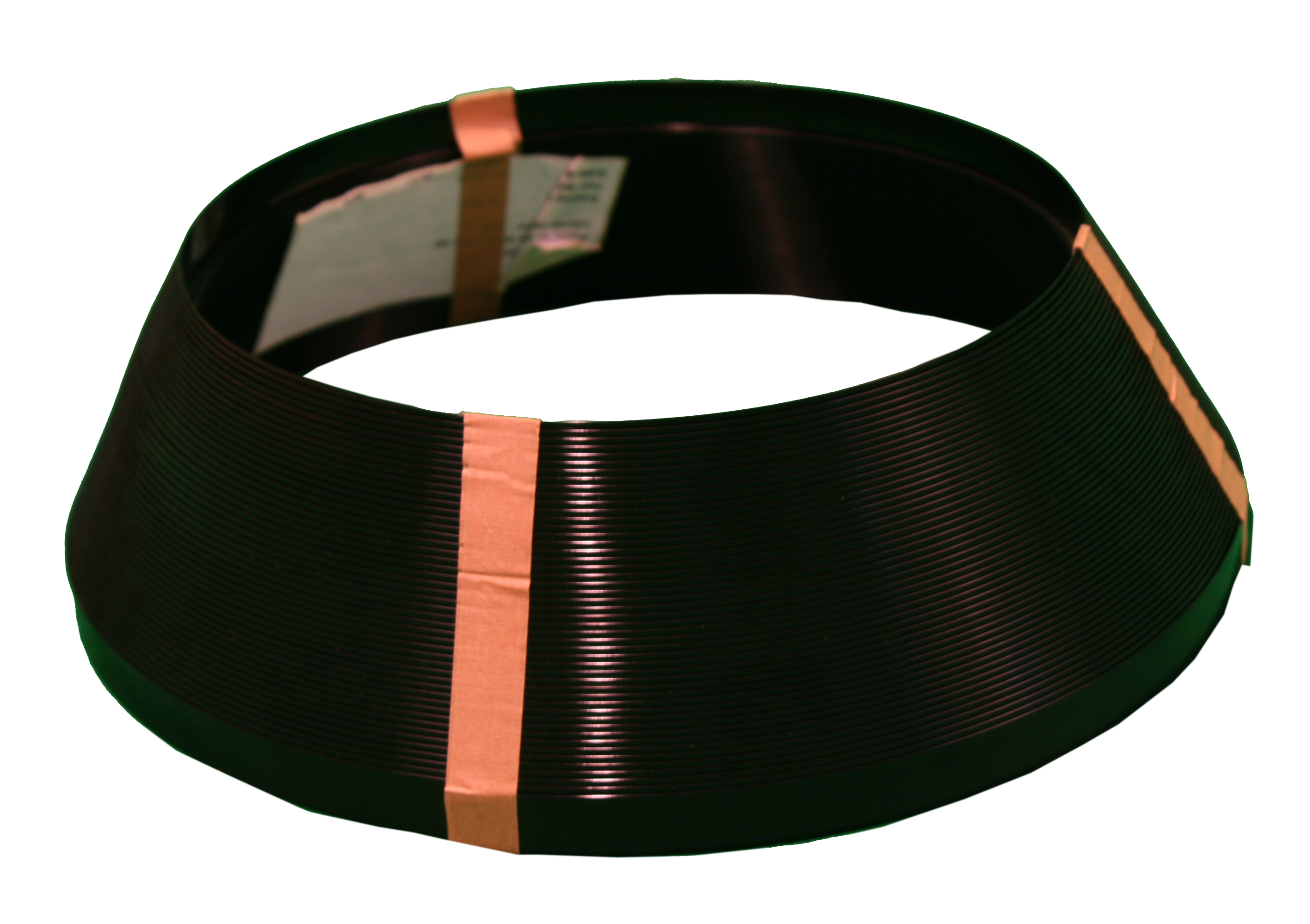
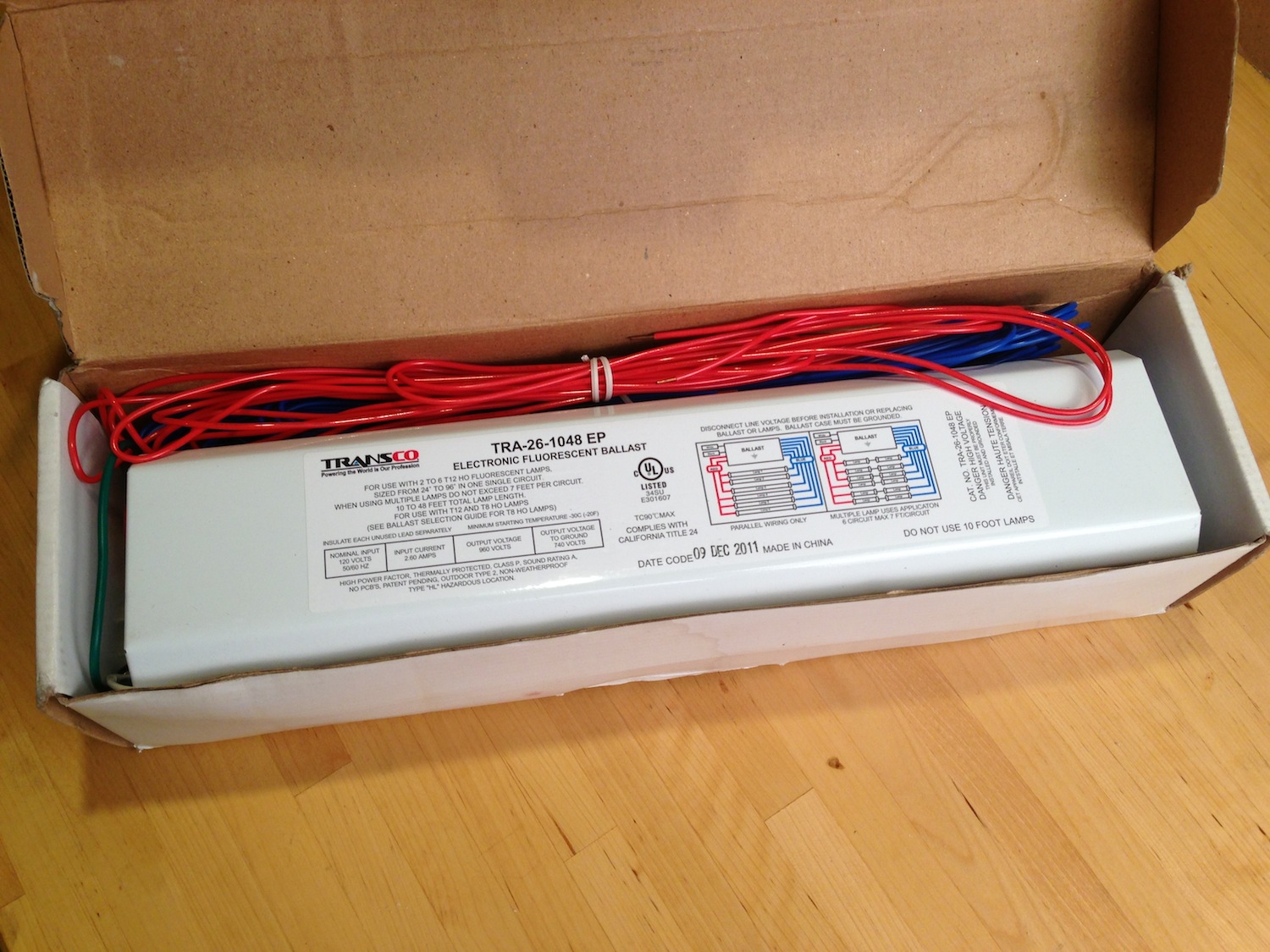
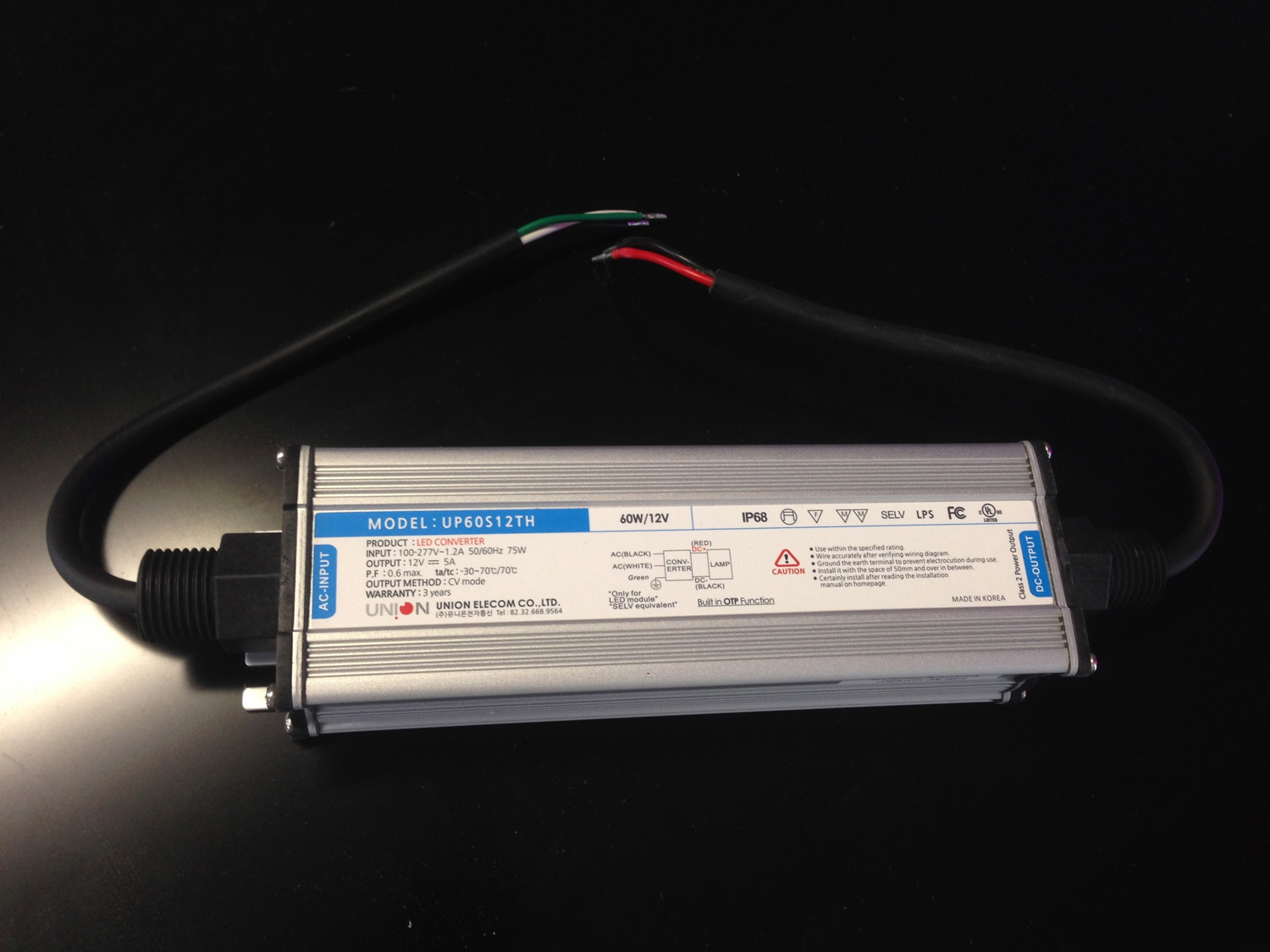
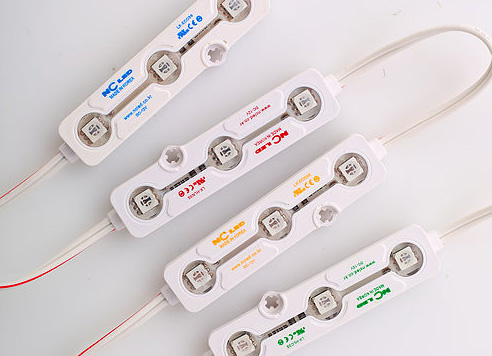
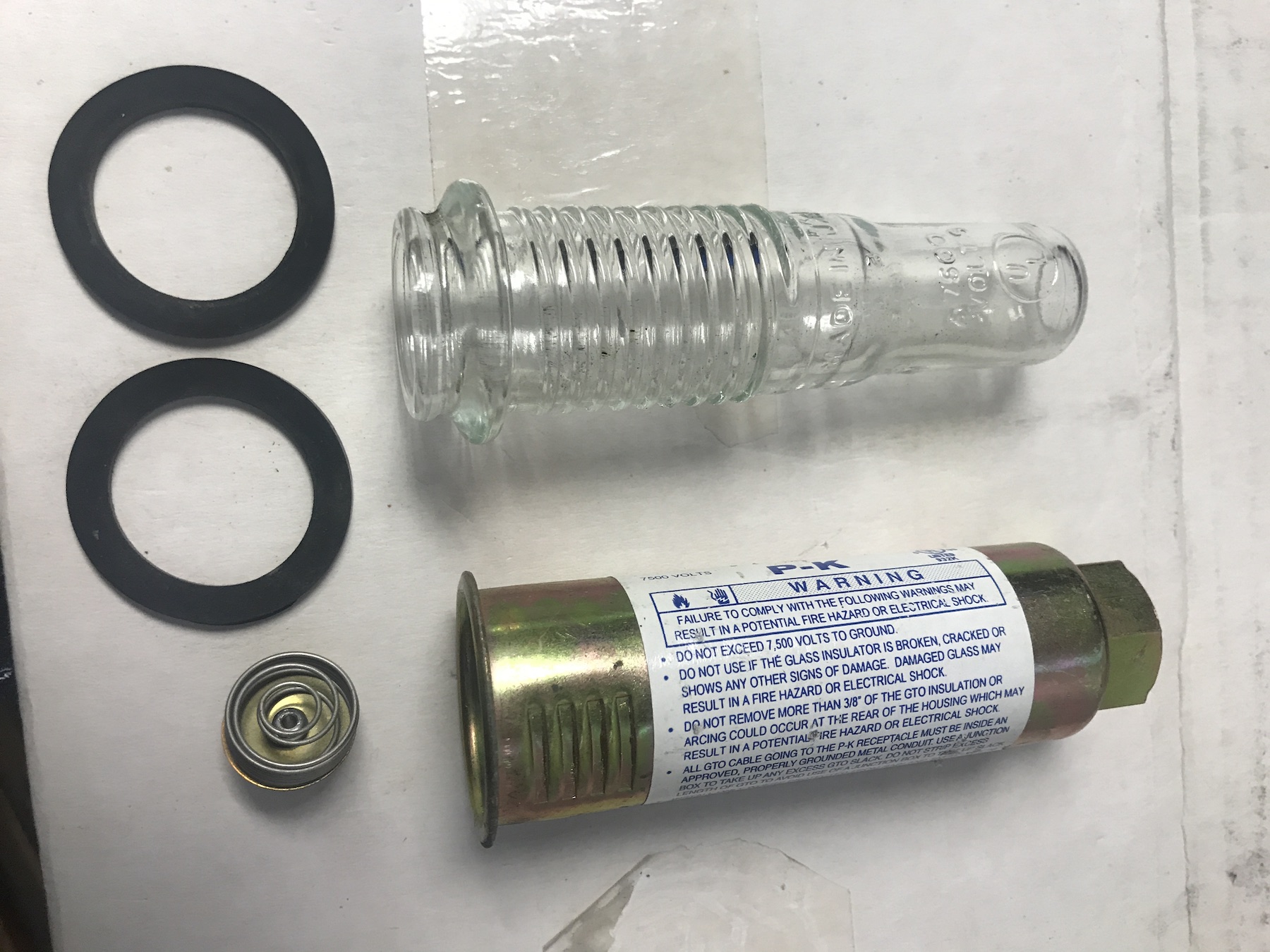
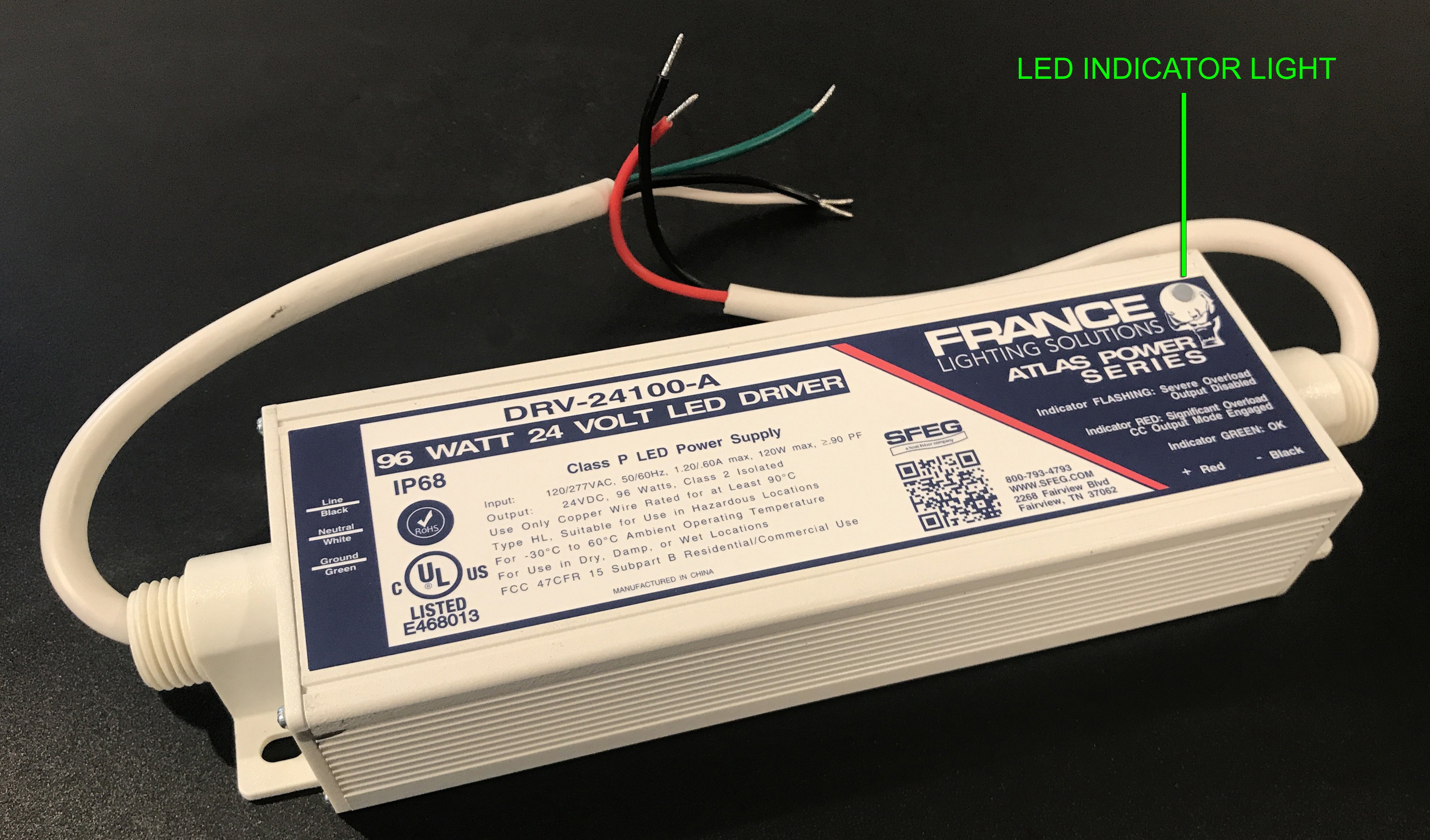
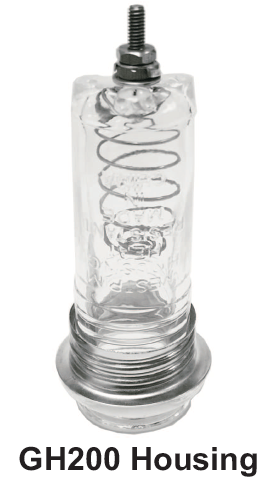
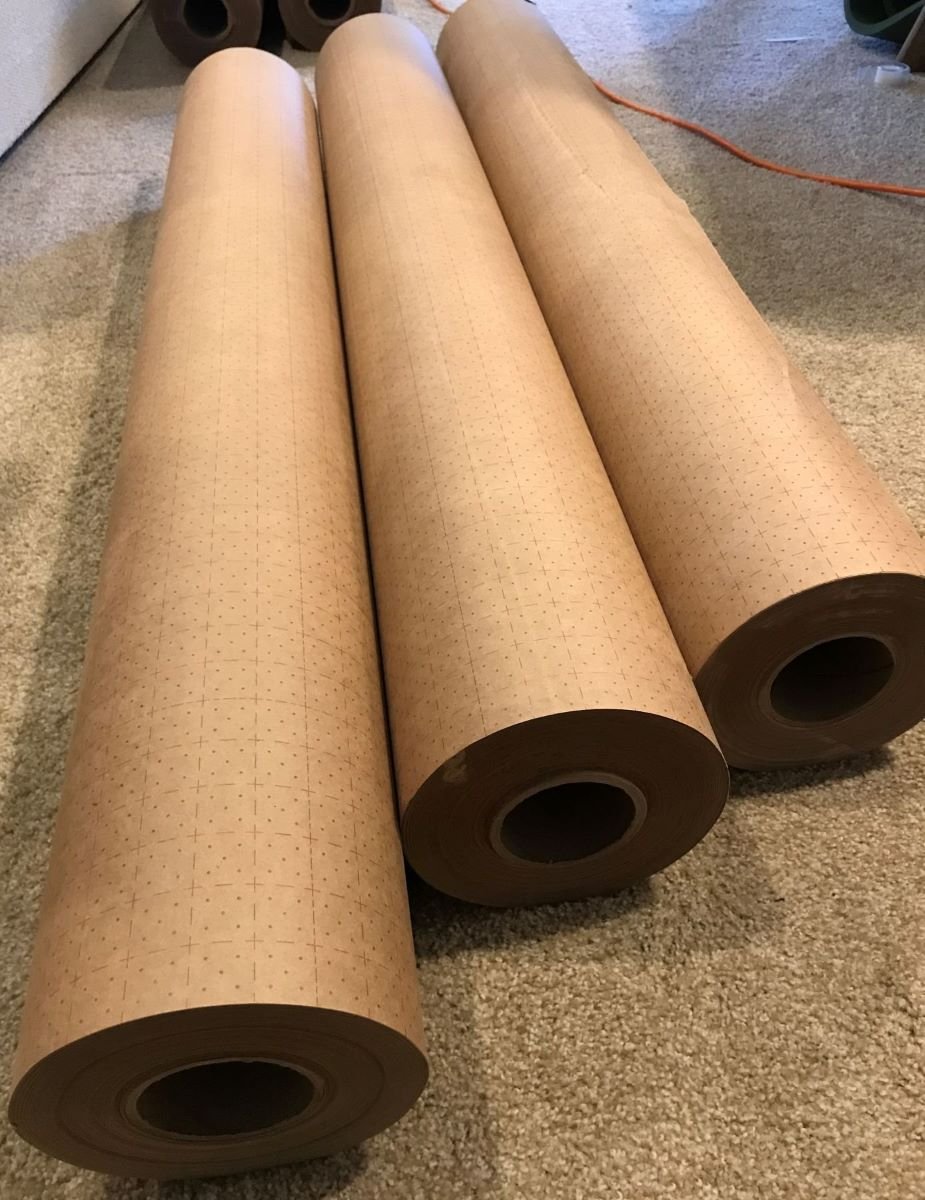
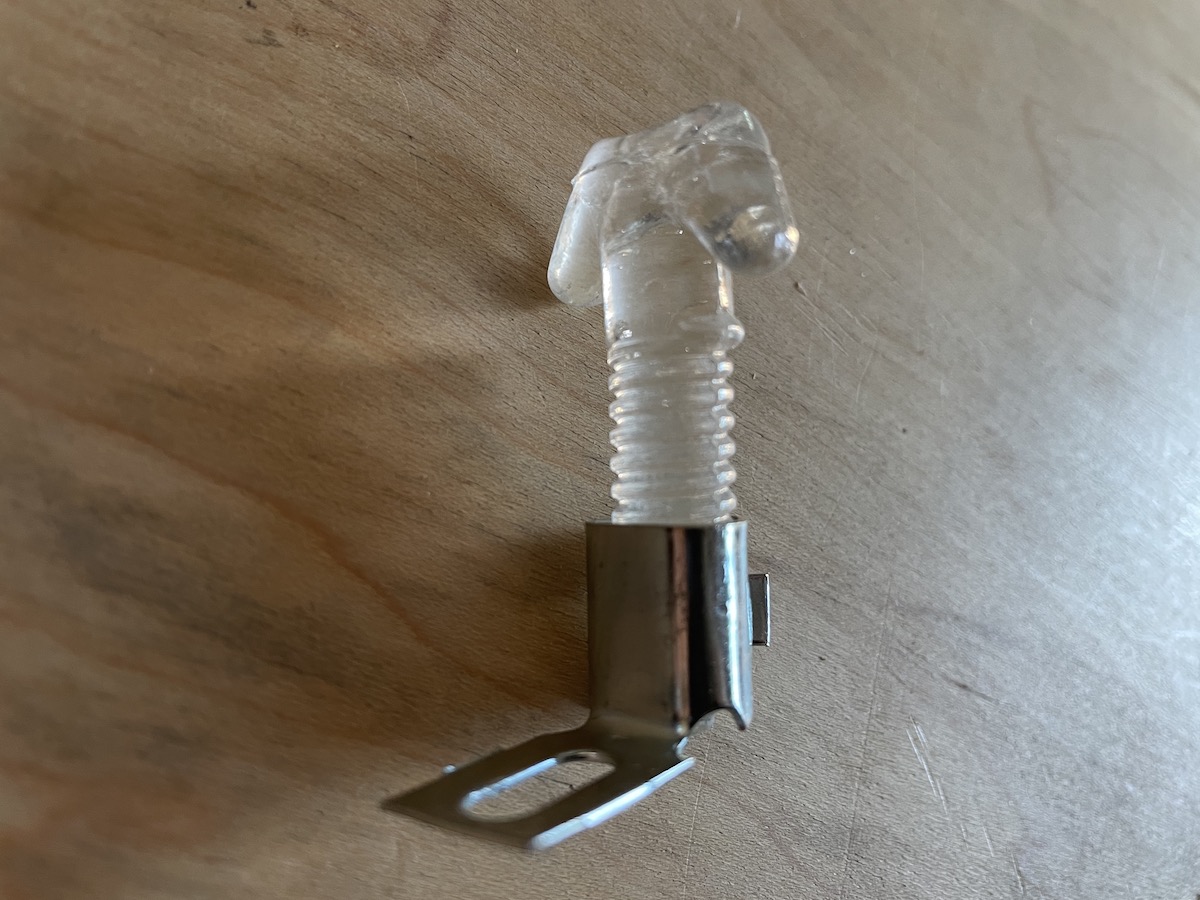

Recommended Posts
Join the conversation
You can post now and register later. If you have an account, sign in now to post with your account.